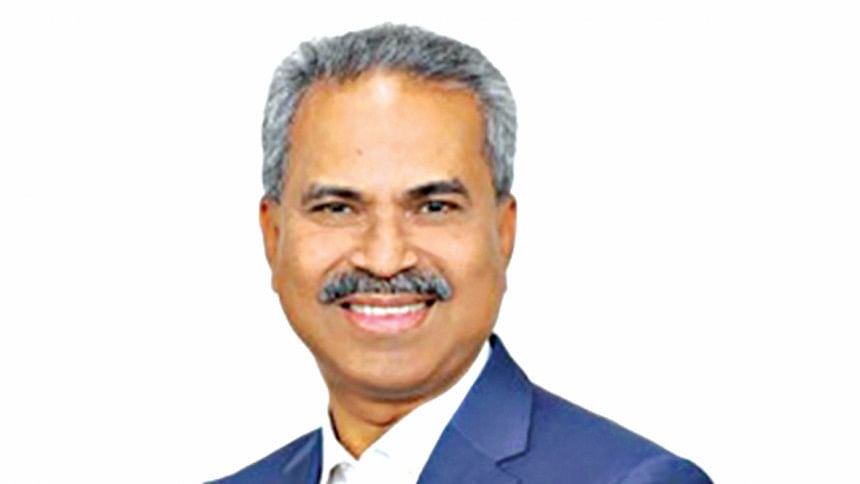A milestone towards a sustainable future

Congratulations and a big round of applause are due to Bangladesh's apparel makers for bringing glory to the nation by reaching a new milestone of having 200 globally certified green factories.
Achieving the certification of LEED, which stands for Leadership in Energy and Environmental Design, always carries great pride for any individual factory, but when 200 factories from a single sector achieve such recognition, it brings prestige, pride and joy beyond comparison, not only for the individual factories but also for the nation.
Therefore, when the news broke that the number of globally recognised green garment factories in Bangladesh reached 200, I, along with, all stakeholders of the sector felt overwhelmed with joy and pride. The presence of such a large number of green factories can't be found in any other country. That means Bangladesh is a global leader in green garment production and environmental sustainability.
Bangladesh is also home to half of the world's top 100 green factories, including the highest-rated green factory in the world. Thirteen out of the top 15 LEED green factories are located in Bangladesh. As the momentum continues, 18 factories received LEED certification so far this year despite all the challenges in the global and local arena.
Awarded by the US Green Building Council (USGBC), the LEED rating system is an effective and globally accepted tool to evaluate the environmental performance of buildings and measure their sustainability. It provides a framework for healthy, efficient, carbon and cost-saving green buildings. It is widely recognised as the industry standard for green building in the US and used in more than 160 countries.
Among the Bangladeshi green garment factories, 73 are platinum-rated, 113 are gold-rated, 10 are silver-rated, and four have simply received certifications. Some 500 more factories are in the pipeline to receive LEED certifications.
In February, Green Textile Limited Unit 4, a joint concern of Epic Group and Envoy Legacy of Bangladesh, became the best green factory in the world by scoring 104 out of 110.
To receive the certification, factories are required to maintain the highest standards regarding carbon emission, energy and water usage, waste management, and indoor environmental quality under the strict supervision of the USGBC.
Green factories use energy-efficient and environment-friendly technologies and practices that save water and energy, minimise pollution and help save the planet as well as protect the health of their employees. The air and water bodies are not polluted in the vicinity of green factories thanks to their advanced waste management system.
The growing number of green garment factories in the country is a testament to Bangladesh's RMG industry's rapid transition towards environmental sustainability. Pursuing economic growth at the expense of the environment is no longer an option for us because Bangladesh, along with the whole world, is facing severe impacts of climate change.
Going green is not only good for the environment, but also for business since major brands and buyers prefer to source from green factories as part of ethical sourcing and ethical consumerism campaigns.
In order to take environmental sustainability to the next level, the RMG industry is now focusing on circular fashion. To this end, manufacturers, buyers, and recyclers are making concerted efforts in collecting and reusing textile waste. As a result, clothes are being produced using recycled fibres and fabrics, which is giving rise to a circular and climate-neutral garment sector in Bangladesh.
The author is president of the Bangladesh Garment Manufacturers and Exporters Association (BGMEA).

 For all latest news, follow The Daily Star's Google News channel.
For all latest news, follow The Daily Star's Google News channel. 







Comments